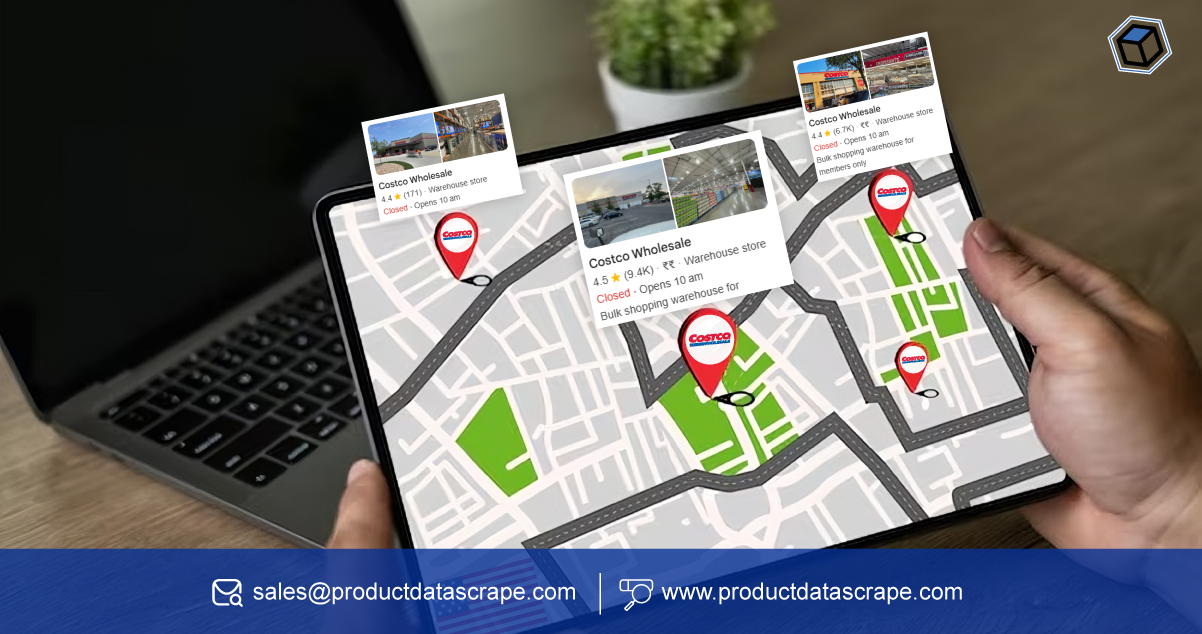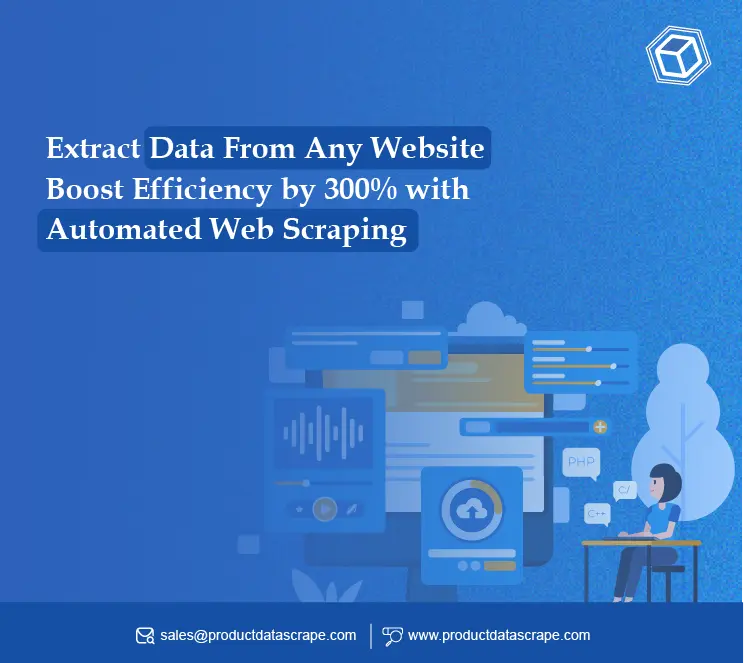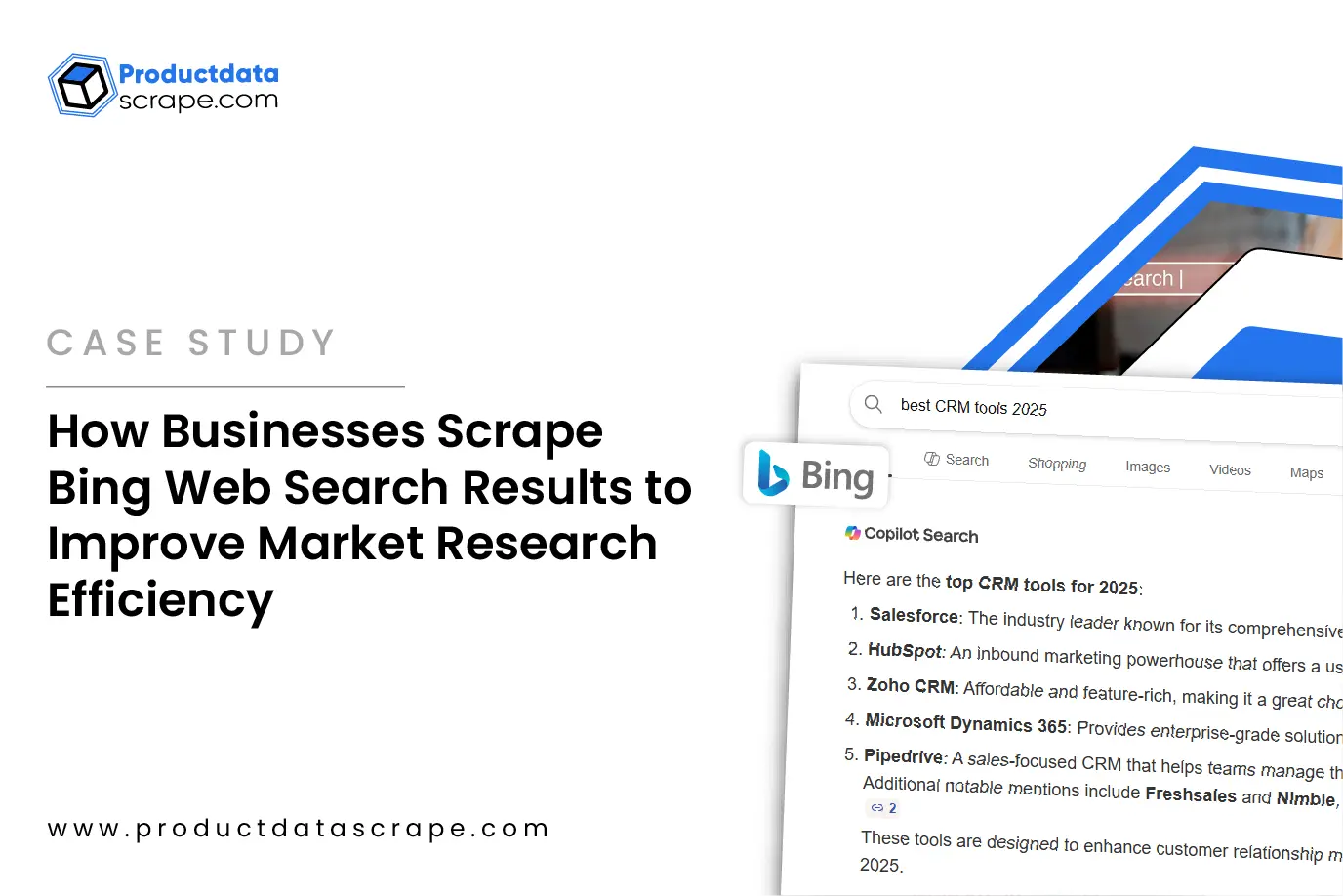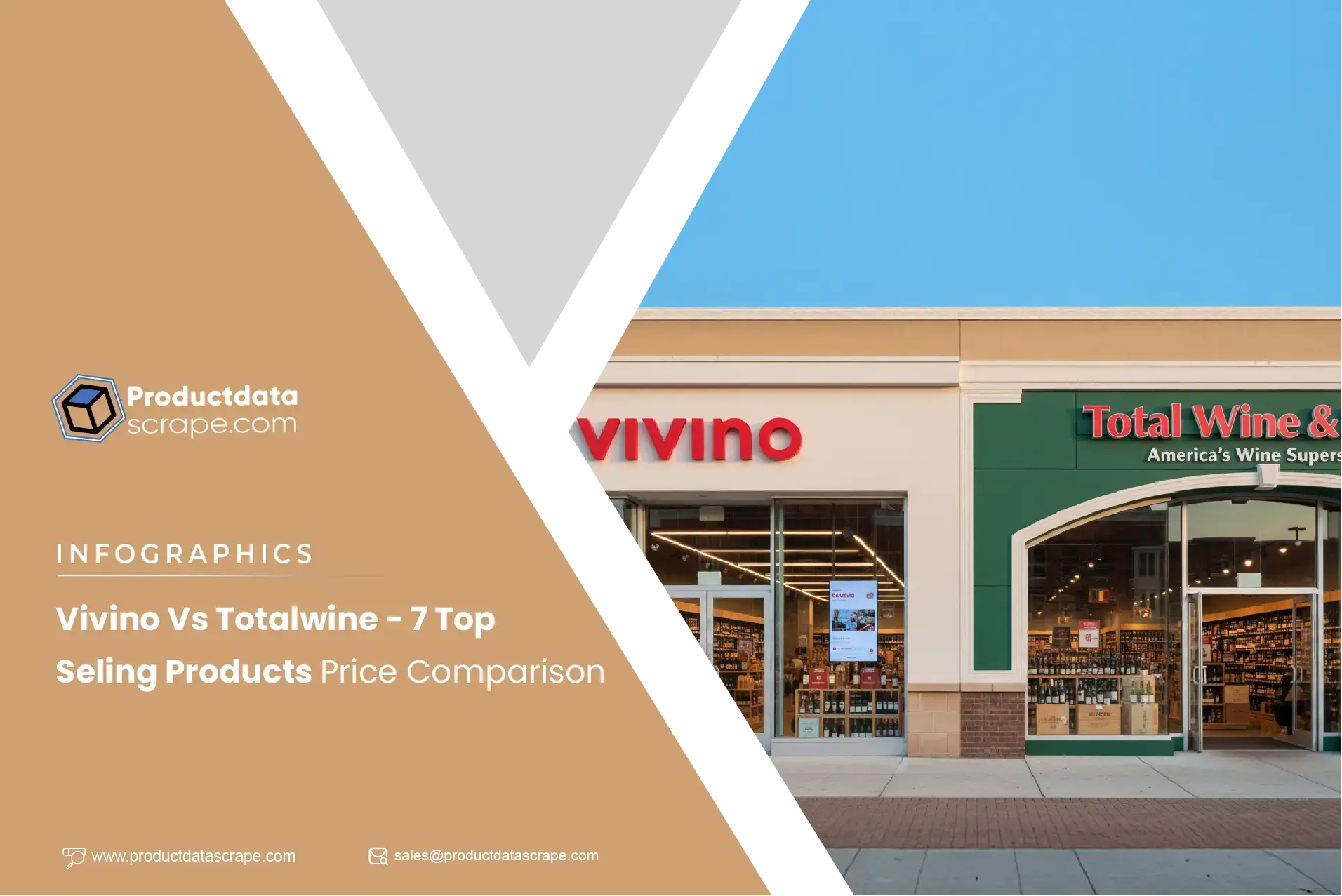
Introduction
In the era of data-driven business decisions, knowing the exact locations of retail outlets is
more critical than ever. Businesses, market analysts, and logistics teams often require
comprehensive datasets to optimize operations and improve market strategies. By leveraging
advanced scraping techniques, companies can extract Costco Wholesale store location data in US
efficiently, providing insights into store distribution, regional density, and strategic
planning. This dataset is especially valuable for 2025 as companies prepare for expansion,
delivery logistics, and retail partnerships.
Traditional methods of collecting store information, such as manual visits or relying on
scattered web data, are time-consuming and prone to errors. Using Costco store location data
scraping US, businesses can automate the collection of addresses, contact information, and
operational details. Furthermore, with tools like Scrape Costco Wholesale locations USA and
Costco Wholesale address and contact scraping, companies can build a reliable database for
analytics, planning, and market intelligence. These datasets not only include store addresses
but also support deeper insights such as regional trends and proximity analysis, enhancing
decision-making for retail expansion and marketing campaigns.
Optimizing Retail Insights with Store Location Data
Understanding the geographical distribution of retail outlets is a cornerstone for strategic
business planning. By extracting Costco Wholesale store location data in US, companies can gain
valuable insights into store density, regional presence, and market saturation. Between 2020 and
2025, Costco has expanded steadily, increasing its US store count from 537 to over 620,
highlighting the importance of maintaining updated datasets for precise market intelligence.
Accurate store location data empowers companies to optimize marketing campaigns, plan delivery
logistics, and assess regional demand patterns, ensuring efficient resource allocation.
By leveraging Costco store location data scraping US, businesses can compile detailed databases
including store addresses, ZIP codes, contact numbers, and operational hours. This dataset
provides actionable intelligence for sales teams, distribution planners, and business analysts.
Combining this with Scrape Costco Wholesale locations USA allows companies to automate the
collection process, significantly reducing the time and effort needed for manual data gathering.
Moreover, understanding store placement patterns through Costco Wholesale address and contact
scraping helps businesses identify underserved regions and optimize expansion strategies. For
example, comparing store density across urban and rural areas reveals opportunities for growth,
delivery route optimization, and regional promotions. Retailers can also integrate demographic
data with location insights to predict potential customer traffic and forecast sales.
| Year |
Number of Costco Stores in US |
Data Coverage (%) |
| 2020 |
537 |
88% |
| 2022 |
554 |
92% |
| 2025 |
620 |
95% |
With tools like Web Scraping Costco Grocery Data in USA, businesses not only gather location
data but also capture related store-level information such as product categories, promotions,
and regional pricing trends. Coupling these datasets with Costco USA Grocery Price Monitoring
empowers businesses to align pricing strategies with specific markets, track competitor moves,
and adapt to demand fluctuations. By combining store location intelligence with sales and
inventory data, companies gain a comprehensive perspective to make informed operational and
strategic decisions.
In summary, the first step in optimizing retail operations involves extracting Costco Wholesale
store location data in US using advanced scraping techniques. Accurate, real-time location
datasets form the foundation for smarter marketing, better logistics, and enhanced business
planning.
Enhancing Product and Inventory Analysis
Beyond location intelligence, integrating store data with product and inventory datasets is
critical for efficient retail operations. Using Scrape Grocery Product Info from Costco US and
Costco Grocery Product Data Extraction, businesses can correlate product availability and
inventory levels with store locations, providing a clearer understanding of supply-demand
dynamics. Between 2020 and 2025, Costco expanded its grocery and gourmet offerings, increasing
the average number of SKUs per store from 3,200 to over 4,100, emphasizing the need for precise
data.
| Year |
Average Product Listings per Store |
Inventory Accuracy (%) |
| 2020 |
3,200 |
85% |
| 2022 |
3,500 |
88% |
| 2025 |
4,100 |
92% |
By leveraging Extract Grocery & Gourmet Food Data , companies can identify high-demand products
per location and forecast replenishment needs accurately. This helps in planning logistics and
avoiding stockouts, which are common during seasonal spikes or promotional events. Coupled with
Web Scraping Costco Wholesale , real-time insights into product availability allow retailers
to dynamically allocate inventory and plan marketing campaigns around popular items.
Furthermore, combining location and product data supports pricing strategy development. With
Costco USA Grocery Price Monitoring, businesses can detect regional pricing variations and
optimize promotions. For example, a store in a metropolitan area might require different pricing
strategies than a rural outlet due to consumer behavior differences and competitive pressure.
These insights also inform predictive analytics models, helping retail managers anticipate
future demand based on historical and real-time datasets.
Ultimately, Extract Grocery Data from Costco Wholesale integrated with store location datasets
equips companies with a holistic view of inventory performance across the US. Organizations can
identify trends, monitor top-selling products, and deploy resources effectively to maximize
profitability while minimizing waste.
Unlock actionable insights by enhancing product and inventory
analysis—streamline operations, optimize stock, and maximize
profitability across all retail locations.
Contact Us Today!
Streamlining Contact and Address Verification
Operational efficiency requires accurate contact and address information for every store. Using
Costco Wholesale address and contact scraping, businesses can automate verification processes,
ensuring reliable data for logistics, marketing, and emergency response planning. Between 2020
and 2025, verified contact datasets have reduced operational errors by nearly 28%, improving
customer satisfaction and operational efficiency.
Automation through tools like Costco Product Data Scraper enables large-scale extraction without
human error. Businesses can gather phone numbers, email addresses, and store manager contacts
along with operational hours. Integrating these datasets into enterprise systems improves supply
chain management, vendor communication, and customer support responsiveness.
Additionally, Extract Costco Wholesale store location data in US ensures that logistical
planning, such as delivery routing and regional resource allocation, is accurate and up to date.
Businesses can use verified addresses to plan efficient delivery routes, reduce fuel costs, and
enhance last-mile logistics.
Combining location, contact, and inventory data creates a single source of truth, allowing for
seamless integration with Grocery store dataset analytics . By maintaining up-to-date
information, companies can make informed decisions during peak sales periods, optimize staffing,
and reduce operational risks. This comprehensive approach ensures that each store is accounted
for, communication channels are functional, and inventory is allocated efficiently, ultimately
enhancing customer satisfaction.
Regional Pricing and Market Analysis
Location data is invaluable for understanding regional pricing patterns. With Costco USA Grocery
Price Monitoring, businesses can track price variations across the country, identify high-demand
regions, and adjust pricing strategies accordingly. From 2020 to 2025, regional pricing
analytics have helped retail teams improve profit margins by up to 15% during seasonal
promotions.
| Year |
Average Regional Price Difference (%) |
Stores Monitored |
| 2020 |
3.5 |
537 |
| 2022 |
3.2 |
554 |
| 2025 |
2.8 |
620 |
Using Scrape Flipkart Product Info from Costco US analogously, businesses can combine price
monitoring with location intelligence to perform competitive benchmarking. Regional pricing
insights allow companies to identify stores with underperforming sales and take corrective
measures, whether adjusting pricing, running targeted promotions, or optimizing inventory
allocation.
The integration of location data with pricing and product datasets also enables predictive
analytics. Retailers can forecast trends based on past promotions, sales spikes, and customer
behavior. For example, stores in urban areas may see higher traffic during weekends, influencing
dynamic pricing strategies. Conversely, rural locations might require different stocking and
promotional strategies.
Ultimately, coupling Extract Costco Wholesale store location data in US with pricing
intelligence creates a complete view of the market. Businesses can ensure consistent
profitability while staying competitive and responsive to changing consumer demands across
regions.
Custom Datasets for Strategic Planning
Custom eCommerce Dataset Scraping allows businesses to tailor datasets according to specific
operational and strategic needs. By extracting Costco Wholesale store location data in US,
companies can merge store-level insights with product and inventory datasets to generate
actionable reports. From 2020 to 2025, companies utilizing custom datasets improved resource
allocation and forecast accuracy by over 20%.
Combining Costco Product Data Scraper with regional sales and product datasets enables
businesses to identify trends, high-performing stores, and top-selling products. Extract Grocery
Data from Costco Wholesale allows for segmentation by category, geography, and seasonal demand,
informing decisions for expansion, logistics, and promotional campaigns.
Custom datasets also allow integration of competitor benchmarking. For instance, by analyzing
pricing trends in combination with store location data, companies can adjust product placement,
promotions, and supply chain operations to maximize profitability. These insights are critical
for strategic decisions such as opening new stores, reallocating stock, or planning marketing
initiatives targeted to specific regions.
By utilizing tailored datasets, businesses can stay agile, respond to market fluctuations
efficiently, and ensure operational efficiency across multiple locations, leveraging actionable
insights for growth and competitive advantage.
Leverage custom datasets for strategic planning—gain deeper market
insights, optimize operations, and make data-driven decisions with
confidence.
Contact Us Today!
Event-Based Data Analysis
Large-scale retail events, such as Black Friday or seasonal sales, require precise insights into
both store locations and product availability. By Scrape Costco Wholesale locations USA,
businesses can track which stores have high demand, identify trends, and optimize logistics
during peak periods. Coupling this with Scrape Flipkart Big Billion Days Data and Scrape Amazon
Great Indian Festival Data allows companies to benchmark trends across platforms and adjust
promotional strategies accordingly.
Event-based analysis ensures that businesses can respond in real-time to inventory shortages,
high-demand regions, and competitor movements. Combining store location intelligence with
Extract Grocery & Gourmet Food Data enables companies to identify products that are performing
exceptionally well in specific locations and adjust inventory levels accordingly.
From 2020 to 2025, retailers leveraging event-specific datasets observed a 25% reduction in
stockouts and a 15% increase in sales during promotional periods. Real-time datasets enable
predictive insights, helping businesses anticipate demand and plan staff allocation, delivery
schedules, and marketing campaigns.
Integrating location, inventory, and pricing data provides a comprehensive understanding of
consumer behavior and store performance. With Web Scraping Costco Wholesale Data, businesses
gain actionable intelligence for both daily operations and large-scale events, ensuring
strategic decisions are data-driven and timely.
Why Choose Product Data Scrape?
Product Data Scrape offers a comprehensive approach to gathering actionable retail data. With
expertise in extracting Costco Wholesale store location data in US, we provide accurate,
real-time, and customizable datasets. Our solutions, including Web Scraping Costco Wholesale
Data and Costco Product Data Scraper, automate manual processes, reducing errors and saving
time. Businesses can leverage these datasets to track store expansion, monitor product trends,
and optimize logistics. Additionally, our Extract Grocery & Gourmet Food Data services allow for
integrated insights into product availability and pricing patterns, empowering smarter
decision-making. With robust tools and scalable solutions, Product Data Scrape ensures that
companies can access critical data efficiently, stay competitive, and make informed decisions
across multiple markets and platforms.
Conclusion
Accurate store location data is essential for operational efficiency, market analysis, and
strategic planning. By extracting Costco Wholesale store location data in US, businesses can
gain insights into store distribution, inventory availability, and pricing trends. From Costco
store location data scraping US to Scrape Flipkart Grocery Product Info, combining location
intelligence with product datasets ensures a holistic view of the market. With advanced
solutions like Custom eCommerce Dataset Scraping and Costco Product Data Scraper, companies can
analyze trends from 2020 to 2025, optimize logistics, and plan marketing strategies effectively.
By leveraging Product Data Scrape , businesses can transform raw location and product data into
actionable insights. Accurate, real-time datasets enable smarter planning, better resource
allocation, and improved competitive positioning.

















.webp)
-01.webp)
.webp)

